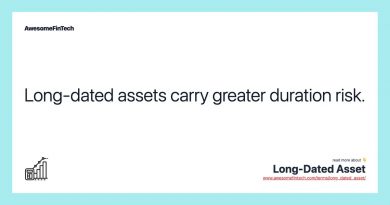Ringfencing What it is How it Works Examples

Ringfencing: What it is, How it Works, Examples
What Is Ringfencing?
Ringfencing is when a regulated public utility financially separates from a parent company engaged in non-regulated business. It occurs when a portion of the company’s assets or profits are financially separated without being operated as a separate entity.
Ringfencing prevents customers of public utilities from credit risks or exposures of the parent company that may harm access to essential services. It should not be confused with setting up a ring-fence, which is a method of offshore tax avoidance.
Key Takeaways
– Ringfencing insulates the credit risk of a public utility from its parent entity.
– A larger corporation may own a regulated utility as a subsidiary, while also owning and operating non-regulated businesses.
– The goal is to keep utility customers free from disruption in case of negative credit events, such as bankruptcy.
– Ringfenced utilities may enjoy greater credit quality for issued securities.
Understanding Ringfencing
A ring-fence segregates a subsidiary company’s financial assets or operations from the rest of the corporation. This may reserve money for a specific purpose, reduce taxes, or protect assets from losses incurred elsewhere in the corporate structure.
For public utilities, this mainly protects consumers of essential services like power, water, and basic telecommunications from financial instability or bankruptcy in the parent company due to losses in open market activities. Ringfencing also keeps customers’ personal information private from the for-profit efforts of the parent company’s other business.
The parent company also benefits from ringfencing; bond investors prefer ringfenced public utilities because it implies greater safety in the bonds. Additionally, the parent company can grow its non-regulated business with more freedom once a ringfence is in place. Individual states chiefly handle the ringfencing of utilities within their borders, as there is no federal mandate requiring the ringfencing of all public services.
Real-World Examples
During the Enron collapse of 2001-2002, Oregon ringfenced Portland General Electric prior to Enron’s acquisition. This protected the company’s assets and consumers when Enron declared bankruptcy due to accounting scandals.
In response to the 2007-2008 financial crisis, U.K. officials implemented ringfencing as a post-crisis reform measure to prevent taxpayer-funded bailouts. The new provisions aim to separate "core" retail services from riskier investment banking units. Critics argue that this could disadvantage U.K. banks, as the rule applies only to them and not U.S. or European banks operating in the U.K.



